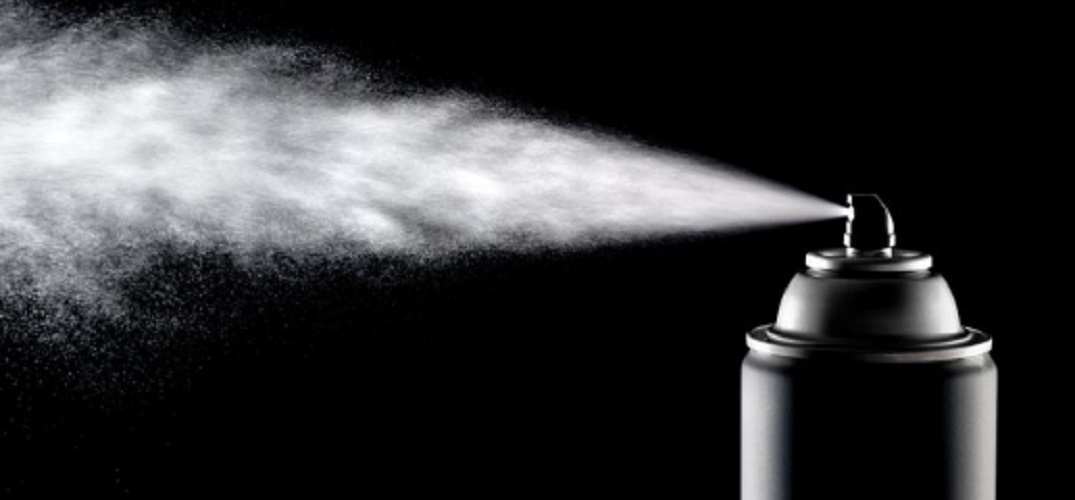What are the states of matter?
We explain what they are and what are the states of aggregation of matter. Solid, liquid, gas and plasma state.
-
What are the states of matter?
The states of matter are the different phases or states of aggregation in which known matter can be found , whether they are pure substances or mixtures , depending on the type and intensity of the binding forces that exist between their particles ( atoms , molecules , ions , etc.).
The commonly known states of matter are three: the solid, the liquid and the gaseous, although there are also less frequent ones such as plasma and other forms that do not occur naturally in our environment, such as fermionic condensates. Each of these states has different physical characteristics , such as volume , fluidity, resistance , etc.
-
Changes in the states of the matter
Similarly, matter can be transformed from one state to another, altering the temperature and pressure conditions at which it is found ; but the chemical properties of its components will remain the same. For example, we can boil water to make it pass from a liquid to a gaseous state, but the resulting vapor will still be composed of hydrogen and oxygen molecules.
The processes of transformation of the phases of the matter are usually reversible, and the best known are the following:
- Vaporization or evaporation . By introducing caloric energy (heat), a liquid is converted into a gas.
- Condensing . Removing heat energy (cold) converts a gas into a liquid.
- Liquefaction . By subjecting a gas to very high pressures , it becomes a liquid without varying the temperature at which it is found.
- Solidification . By removing heat energy (cold), a liquid can become a solid.
- Merger . By adding heat energy (heat), a solid can melt until it becomes liquid.
- Sublimation . Certain solids, upon receiving heat energy, become gas without first passing through the liquid state.
- Deposition . Certain gases, by losing caloric energy, become solids without first going through the liquid state.
-
Solid state

Solid matter has its particles close together , joined by attractive forces of great magnitude. That is why they behave as a single body, endowed with great cohesion, constant density and shape, resistance to fragmentation and shape memory, that is, they tend to remain equal to themselves.
At the same time, solids have low or no fluidity , cannot be compressed, and when they are broken or fragmented, other smaller solids are obtained from them.
There are two types of solids, according to their form:
- Crystal . Their particles are arranged in cells in a geometric way, so they usually have a regular shape.
- Amorphous or vitreous . Their particles do not come together in an orderly structure, so their shape can be irregular and varied.
Examples of solids are: minerals, metals , stone, bones, wood.
-
Liquid state
The particles of the liquids remain united by attractive forces, but much weaker and less orderly than in the case of solids. Therefore, liquids do not have a fixed and stable form, nor do they have such cohesion and resistance . In fact, the liquids acquire the form of the container that contains them, they have a great fluidity (they can be introduced by small spaces) and a surface tension that causes them to adhere to the objects.
Liquids are poorly compressible and, with the exception of water, usually contract in the presence of cold.
Examples of liquids are: water, mercury, blood.
-
Gaseous state

In the case of gases, the particles are in a state of dispersion and distance such that they barely manage to stay together. The force of attraction between them is so weak that they are in a disorderly state, which responds very little to gravity and occupy a much larger volume than liquids and solids, so a gas will tend to expand until it occupies the entire space in which it is contained.
The gases have no fixed shape, no fixed volume , and in many cases they are colorless and / or odorless. In comparison with other phases of the matter they are not chemically reactive.
Examples of gases are air , carbon dioxide , nitrogen, helium.
-
Plasma state
A particular state of aggregation is called plasma, which can be understood as an ionized gas , that is, composed of atoms to which electrons have been removed and therefore have a fixed electrical charge (anions + and cations -). This makes plasma an excellent transmitter of electricity and magnetism .
There are two types of plasmas:
- Plasma cold . They are handled at room temperature, because only electrons are charged with energy.
- Hot plasma . Ionized atoms get very hot, generating light and heat.
Examples of plasma are the sun, electronic screens, or the inside of fluorescent tubes.





